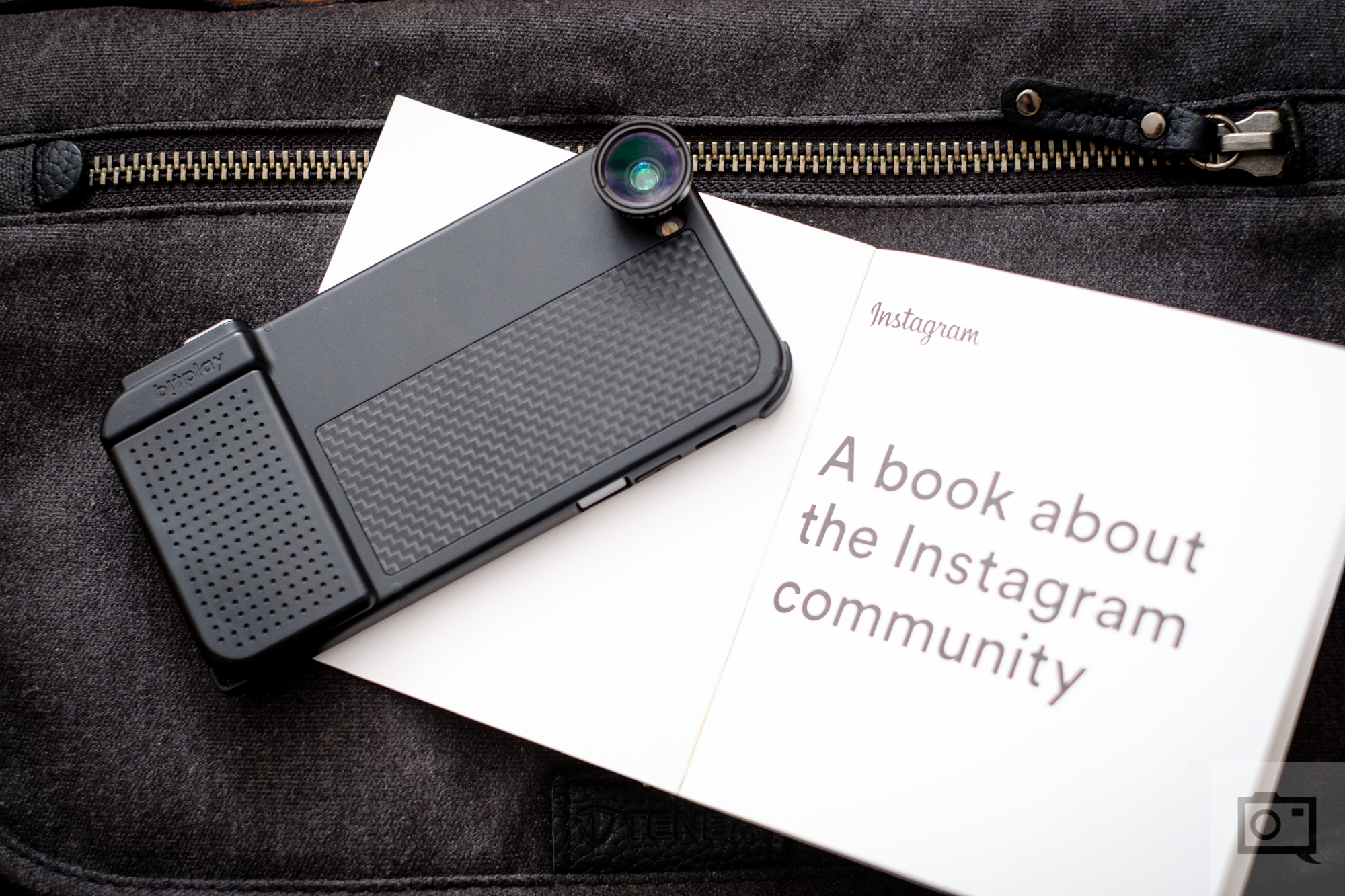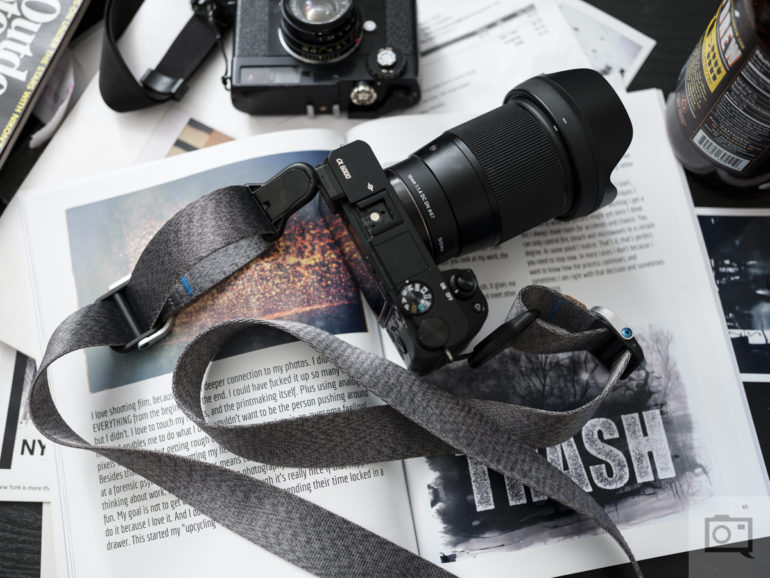Last Updated on 03/14/2018 by Mark Beckenbach
This is the post you send to everyone who ever asked you what the best, professional grade camera is for under X amount of dollars.
For those of us who know better, it’s obvious you need to spend over $1,000 to get a solid camera with lenses and all. You can get a previous generation’s camera for cheaper, but if you’re a hobbyist you’re also bound to want the newest and greatest thing. So every now and again I’ll get pinged by people for this. On a daily basis, our email gets sent questions about cameras and such. But for people who don’t know any better and have less money around, they’ll ask a question like, “Hey, I’m looking for a camera that takes professional photos for under $300. What’s on the market?” And more often than not, the answer has been the same thing: your phone.
Yes, it’s true. The segment that was previously filled with point and shoot cameras is now dead. Point and shoots are now offered with more premium features like Wifi, longer zooms, faster aperture fixed lenses, weather sealing, etc. But arguably, so too does your phone. My iPhone 8 Plus has a portrait lens and a wide angle lens that can give me pretty solid bokeh. It’s protected against spills and water to a point. It takes good photos. And there are phones on the market able to create prints that can be made big enough to adorn your walls and take up a sizeable amount of real estate. I’ve seen it in galleries in Chelsea.
Yet for some odd reason, people still don’t necessarily take their phone seriously. And I guess that makes sense. But if you want better quality, you should be ready to pony up a lot more money. Why?
- Larger imaging sensors = better quality
- Larger apertures and lenses = better quality
- Better autofocusing
- Dedication to one thing vs being a jack of all trades and master of none
- The ability to do so much more with the images on a computer later on
To be honest, I think that if you don’t try to do something and edit your images in some way or another then you’re doing yourself a great injustice with a camera that shoots professional grade photos. I saw this argument happen between Jared Polin and Tony Northrup–both of whom I’d call friends. And I’m in between both camps. Jared says you need to shoot in RAW and get the best picture quality. Lots of folks are perfectly okay with the JPEG images though, but even then if you’re using a professional grade camera to shoot JPEGs I’d say that you should develop your own customized profile, white balance manually, and be a total manual control freak. There’s nothing wrong with trying to get it perfectly right in camera to the point where you don’t need to do any post-production. In fact, that’s more or less the dream. A phone doesn’t give you as much of an option to do that as a dedicated camera though.
But when you’re ready to take the plunge, then you’ll be rewarded with a whole lot more than what your phone can do.



